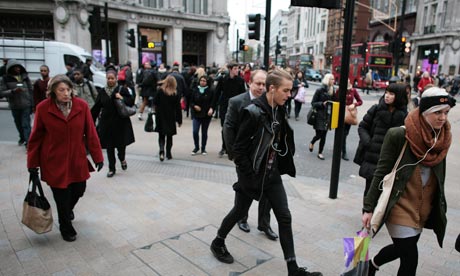What is
Indian Paintbrush and who owns it?
It's a production company, owned by billionaire Steven M. Rales, it funded many of Wes Anderson's films including Darjeeling Ltd., Fantastic Mr Fox, Moonrise Kingdom and The Grand Budapest Hotel.
Which company is Fox Searchlight a subsiduary of?
Fox Entertainment Group, which is the sister company of 20th Century Fox.
Which type of films do Fox Searchlight distribute?
It specialises in distributing independent or British films in America.
Which two countries financed the film?
The film is a co-production between German and Britain.
What did Anderson use instead of CGI (computer generated imagery)?
He made miniature models instead, as he decided that since
audiences would know that the shot was artificial, computer-generated effects
or otherwise, "The particular brand of artificiality that I like to use is
an old-fashioned one."
Where did the inspiration for the Hotel come from?
Anderson and the production designer toured Europe looking at grand hotels from that era for inspiration.
Which film festival opened with The Grand Budapest Hotel?
The 64th Berlin International Film Festival.
Alexanre Desplat wrote the score, which major Hollywood films has he worked on?
Desplat has
worked on a variety of Hollywood films, including Darnell Scott, and commercial
successes like The Queen, The Golden Compass, The Curious Case of Benjamin
Button, The Twilight Saga: New Moon, Fantastic Mr. Fox, Harry Potter and the
Deathly Hallows – Part 1 and Part 2, The Grand Budapest Hotel, The King's
Speech, Argo, Zero Dark Thirty and Godzilla.
How many awards has the film won?
It's won 5 awards and has one pending, such as Best Costume Design and Best Feature Film.
Initially how many cinemas did the film open on in the US?
The film opened in 4 cinemas.
How much did it average per cinema?
$202791.50
The film was released on Ultraviolet BluRay, what does this enable consumers to
do?
Ultraviolet is a service which offers a free digital copy of the film bought to be watched on a variety of devices (phones, smart tvs etc.)
Which companies do not support Ultraviolet?
Metro Goldwyn Meyer, Disney and Columbia Pictures are the only major studios which are not involved with Ultraviolet.
What complaints did Ultraviolet encounter when it launched?
Redemption
sheets that come with physical discs often direct consumers to studio operated
sites that may require registration, and often confuse users. This was a big
problem when the service first launched, and caused a backlash among consumers.


